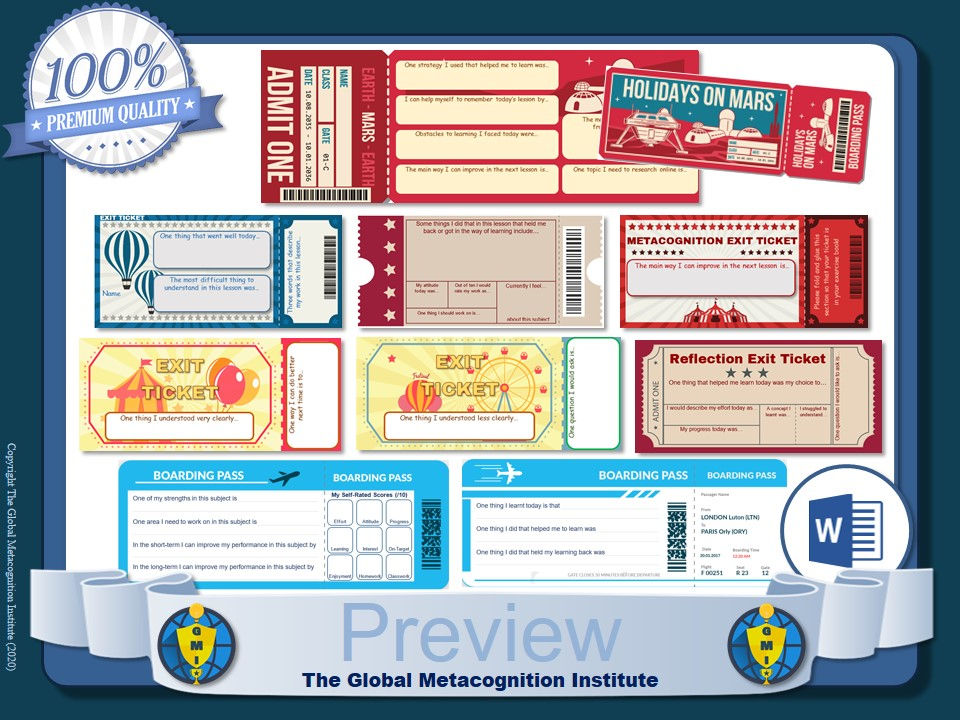Setting effective targets is a crucial aspect of student success and growth. As teachers, we play a pivotal role in guiding and supporting students in this process. By providing the necessary tools, strategies, and guidance, we can help students set meaningful and achievable targets that propel their learning forward. In this article, we will explore practical ways in which teachers can assist students in setting effective targets and foster a culture of goal-oriented learning.
Teach Goal-Setting Skills: Begin by explicitly teaching students the skill of goal-setting. Introduce the concept of setting specific, measurable, achievable, relevant, and time-bound (SMART) targets. Explain the importance of breaking down larger goals into smaller, manageable steps, and provide examples to illustrate the process.
Promote Self-Reflection: Encourage students to reflect on their strengths, weaknesses, and areas for improvement. By engaging in self-reflection, students can identify their own learning needs and set targets that address those areas. Provide prompts or reflection sheets to guide students through this process.
Foster a Growth Mindset: Help students develop a growth mindset by emphasizing that intelligence and abilities can be developed through effort and practice. Encourage them to view challenges as opportunities for growth and learning. Remind students that setbacks are not failures but stepping stones towards improvement.
Provide Clear Learning Objectives: Ensure that learning objectives are clear and explicit. Clearly communicate what students are expected to learn and achieve. When students understand the purpose and relevance of their learning, they can set targets aligned with these objectives.
Individualize Target-Setting: Recognize that each student has unique needs and abilities. Tailor target-setting activities to individual students, taking into account their strengths, interests, and areas for growth. Provide guidance and support to help students set targets that are challenging yet attainable.
Model the Process: Model the target-setting process by setting your own goals and sharing them with students. Explain the steps you take to break down goals, monitor progress, and celebrate achievements. This demonstrates to students that goal-setting is a lifelong skill that extends beyond the classroom.
Offer Guidance and Feedback: Provide ongoing guidance and feedback to students as they set targets. Offer suggestions for realistic and measurable goals, helping students align their targets with their abilities and the curriculum. Regularly check in with students to review their progress and provide constructive feedback.
Encourage Student Ownership: Empower students to take ownership of their target-setting process. Encourage them to actively participate, make decisions, and reflect on their progress. Guide them towards setting goals that are meaningful to them, allowing for a sense of ownership and motivation.
Scaffold the Process: Break down the target-setting process into smaller steps. Provide templates, checklists, or graphic organizers that guide students through the process. This scaffolding supports students who may struggle with setting targets independently.
Celebrate Achievements: Create a culture of celebration and recognition for students' target achievements. Highlight and celebrate progress made towards targets, both individually and as a class. This fosters a positive and motivating environment, encouraging students to continue setting and pursuing future targets.
Helping students set effective targets is a powerful way to foster their growth, motivation, and success. By implementing these strategies, teachers can guide students through the target-setting process, ensuring that goals are specific, challenging, and meaningful. Empower students to take ownership of their learning journey, celebrate achievements, and continuously strive for improvement. Remember, effective target-setting is a lifelong skill that equips students with the tools to set and achieve goals beyond the classroom, fostering a mindset of continuous learning and personal growth.
We've released two new downloadable teaching resources that will help your students reflect on their targets and goals and establish clear steps towards meeting them: target-setting worksheets and a multi-use interactive target-setting PowerPoint!
Well-designed worksheets can be instrumental in helping students establish targets for improving their work. By providing clear instructions, prompts, and structured activities, worksheets guide students through a systematic process of self-reflection and goal-setting. They can include sections for students to evaluate their strengths and areas for improvement, set specific targets, and outline steps to achieve those targets. Effective worksheets encourage students to think critically about their work, identify areas that need development, and establish measurable goals. They serve as a tangible tool that helps students track their progress, monitor their achievements, and stay focused on their targets. Ultimately, our downloadable target-setting worksheets provide a framework for students to take ownership of their learning, set meaningful targets, and work towards continuous improvement.
Engage your students in meaningful self-reflection and empower them to establish clear goals and targets with our interactive PowerPoint resource. Designed to inspire and guide students towards improvement, this resource offers a wide range of activities that promote self-awareness and goal-setting.
With this resource you have a versatile tool for quick target-setting activities in your lessons or structured target-setting sessions. This interactive PowerPoint can be used repeatedly with the same groups, fostering a continuous growth mindset among your students.
Encourage students to reflect on various aspects of their learning journey, including work quality, learning power, attitude to learning, subject knowledge, study skills, and long-term strategies. Through a series of engaging activities, students will gain a deeper understanding of their strengths, areas for improvement, and how to set meaningful targets to drive their progress forward.
Target setting is of paramount importance in schools as it provides students with a sense of purpose, direction, and motivation in their educational journey. By setting clear and achievable goals, students gain a tangible roadmap for their academic and personal growth. Target setting fosters a growth mindset, encouraging students to embrace challenges, persist in the face of obstacles, and continuously strive for improvement. It instills a sense of responsibility, ownership, and self-reflection, empowering students to take charge of their learning and monitor their progress. Target setting also enables teachers to provide personalized support and tailored instruction, ensuring that each student's unique needs and aspirations are addressed. Ultimately, target setting in schools equips students with the skills and mindset necessary for lifelong learning and success.








































































コメント